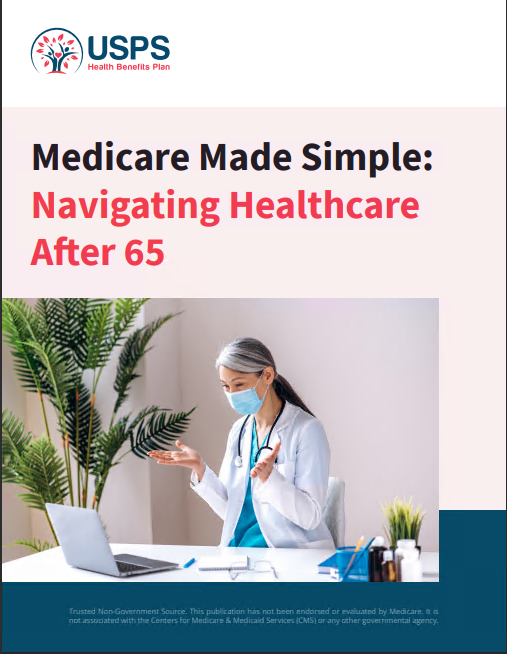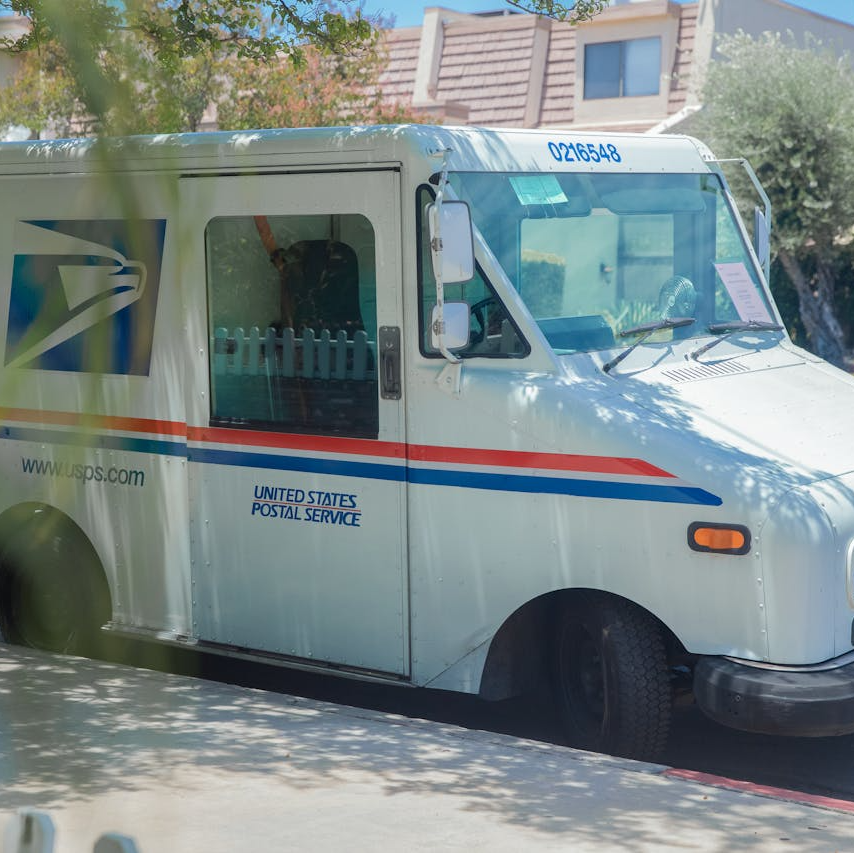Key Takeaways
-
Medigap plans can help you manage healthcare costs, but hidden and rising expenses can make them more expensive over time than you might expect.
-
As a postal retiree or worker eligible for PSHB, understanding when and how Medigap costs build up is essential before locking in a plan.
Medigap Plans and PSHB: Understanding the Basics
As a postal retiree or employee, you now rely on the Postal Service Health Benefits (PSHB) Program for your core health coverage. If you’re Medicare-eligible, you might be considering whether a Medigap (Medicare Supplement) plan makes sense to cover your out-of-pocket expenses like deductibles and coinsurance.
Medigap policies are standardized and regulated, but that does not mean the financial side is straightforward. In 2025, several cost factors stick around long after your initial premium payment.
The Initial Premium Is Only the Beginning
When you first enroll in a Medigap plan, especially during your Medicare Supplement Open Enrollment Period (the six months after you turn 65 and enroll in Medicare Part B), you often receive lower rates with fewer medical underwriting requirements. However, premiums typically rise year after year.
-
Annual Increases: Most Medigap plans experience premium increases due to age, inflation, and healthcare cost trends.
-
Community vs. Issue-Age vs. Attained-Age Pricing: Plans can price differently. Some base premiums solely on where you live, while others raise rates automatically as you age.
It is crucial not to underestimate how much your future self will pay five, ten, or fifteen years down the line.
Medical Inflation Drives Up Medigap Costs
You probably already know that medical costs rarely stay stable. In 2025, healthcare inflation continues to impact Medicare and supplement plans alike.
-
Provider Reimbursement Changes: As providers negotiate new reimbursement rates with Medicare, supplemental insurers adjust their rates to maintain profitability.
-
Prescription Costs: Although Medigap does not cover prescriptions, broader medical inflation indirectly pushes overall healthcare costs up, affecting supplemental premiums.
This ripple effect means you can expect your Medigap premiums to reflect healthcare market conditions.
Aging and Underwriting: A Double Hit
If you want to switch Medigap plans later to save money, be careful. Outside of your initial enrollment window, most states allow insurers to require medical underwriting. This can result in:
-
Higher Premiums Due to Health Changes: As you age and develop more health conditions, your options for switching shrink.
-
Denial of Coverage: Some companies might deny your application altogether.
For postal retirees, especially those accustomed to the Open Season flexibility under FEHB and PSHB, this limited switching ability can come as a surprise.
Rate Structures Favor the Young—Not the Retiree
Some Medigap policies offer “attained-age pricing,” where premiums are based on your current age and increase automatically as you grow older.
-
Each Birthday Costs More: Every year, your premiums inch upward.
-
Accumulated Expense: Over 10 to 20 years, your total out-of-pocket expenses for premiums could multiply significantly.
Understanding whether your plan uses attained-age pricing is critical. A low starting premium can become burdensome later, particularly when you’re living on a fixed income.
PSHB and Medigap Coordination
For postal retirees, PSHB plans already coordinate benefits with Medicare. Adding Medigap might create overlapping protection—and overlapping costs.
-
Duplicating Coverage: Your PSHB plan often waives most cost-sharing when you are enrolled in Medicare Parts A and B.
-
Additional Premiums Without Proportionate Benefit: You might end up paying both a PSHB premium and a Medigap premium without seeing significant extra savings on healthcare expenses.
Before enrolling in a Medigap plan, make sure it offers true additional value beyond your PSHB-Medicare coordination.
Lifetime Medigap Costs Add Up
It is easy to focus on a plan’s monthly premium, but the bigger picture tells a different story.
Suppose your initial premium in 2025 is around $150 per month (a general estimate, not tied to a specific provider). Even with a modest 3% annual increase, by 2035 your monthly premium could rise to nearly $202—an annual increase of $624.
Multiply that over 20 years, and you could end up paying over $40,000 in premiums alone, not counting inflation spikes or unexpected hikes.
Understanding the compounding effect of premium growth is vital when budgeting for your retirement healthcare.
Switching Isn’t Always Easy
Even if you feel trapped by high premiums later, your ability to switch Medigap plans is often limited after your first enrollment.
-
Medical Underwriting Hurdles: You might have to undergo health screenings.
-
Preexisting Condition Waiting Periods: New plans could impose waiting periods for coverage of certain conditions.
-
Limited Special Enrollment Opportunities: Unlike PSHB Open Season, you don’t get an automatic annual window to switch Medigap plans without restrictions.
This “lock-in” effect can make it risky to select a plan without thinking through future affordability.
Costs Beyond the Premium
Even the best Medigap plans do not cover everything. You still might face:
-
Prescription Drug Costs: Medigap plans do not cover medications; you need a separate Part D plan.
-
Dental, Vision, and Hearing Expenses: Routine services are not covered by Medigap.
-
Foreign Travel Emergency Limits: Some plans offer limited emergency care abroad, but coverage amounts are capped.
Postal retirees used to comprehensive FEHB or PSHB benefits might find these gaps frustrating.
How PSHB Influences Your Choices in 2025
The PSHB program integrates Medicare into your benefits structure differently than FEHB did. For those enrolled in Medicare Part B, many PSHB plans waive deductibles and copayments, minimizing your out-of-pocket exposure.
-
Evaluate the Net Benefit: If your PSHB plan already covers almost everything after Medicare pays, a Medigap policy could be redundant.
-
Look at Future Premium Trends: PSHB plans have their own premium trends, but they generally rise at a slower, more predictable pace than Medigap plans.
Be sure to weigh the costs and coverage levels of both options before committing.
Why 2025 Is a Critical Year for Postal Retirees
Given the PSHB transition completed in January 2025, retirees now face a new benefits landscape. Medigap plans might have made sense under FEHB structures, but now you need to reassess:
-
Are the costs sustainable long-term?
-
Does the plan actually fill a gap not already covered by PSHB and Medicare?
-
Can your retirement income absorb rising premiums over 10, 20, or even 30 years?
Careful evaluation today can save you from financial stress tomorrow.
Making a Thoughtful Decision
Rather than rushing into a Medigap plan because it “sounds safer,” focus on the numbers. Ask yourself:
-
How often do I actually use healthcare services?
-
How would a high-cost year impact my finances without a Medigap plan?
-
Is my PSHB plan already protecting me adequately when combined with Medicare Parts A and B?
You deserve peace of mind—but that peace should come with full awareness of what you are truly paying for.
Next Steps for Your Healthcare Planning
Choosing healthcare coverage after retirement is one of the most important financial decisions you will make. As you consider whether a Medigap policy fits your 2025 healthcare strategy, take your time to:
-
Review your current PSHB plan’s benefits alongside your Medicare coverage.
-
Project long-term premium increases based on typical age-based and inflation-based patterns.
-
Understand the limits on switching Medigap plans in the future.
For more personalized guidance, you should contact a licensed insurance agent listed on this website. They can help you weigh your options carefully and ensure you select coverage that protects both your health and your retirement budget.










